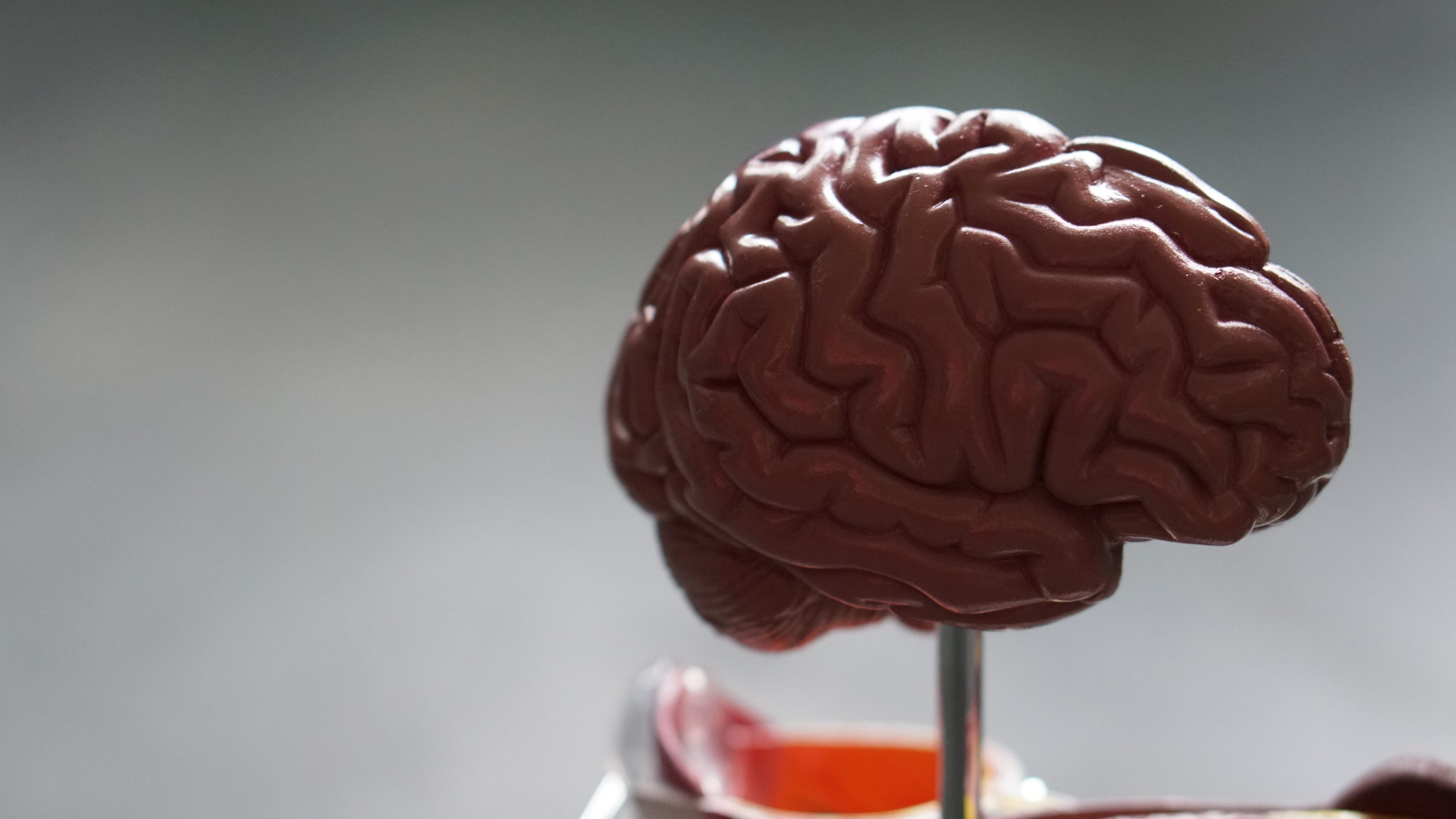As little children, we are impulsive. Before our brains have fully developed, we jump on opportunities instead of weighing options and reflecting to creatively problem solve. These skills, which develop in the prefrontal cortex as we age, are known as executive function skills. They are directly linked to academic and social emotional learning, which are the two biggest indicators of overall success in life. With strong executive function skills, children grow into adults who make rational decisions and thoughtfully manage their interactions. The importance of this system is hard to overstate, but it is dramatically under-taught. Executive function is an invisible ability that controls our lives without us even noticing. So what skills are really used in executive function exercises, and how can we further develop our executive function? There are three main skills involved:
Cognitive flexibility
Cognitive flexibility is the ability to think creatively: if you encounter a roadblock, discovering the best route around the problem. It is important to practice strengthening your mind. If a child wants to draw grass using only primary colors, they have to use cognitive flexibility to create green from the yellow and blue crayons. Likewise, if an adult has to pack a suitcase for a trip, they have to plan their outfits, how to organize the space, and sort out things that aren’t allowed on planes. Flexibility also involves the ability to switch tasks, and move into a different skill set with little notice. These kinds of problem solving skills take us through daily life, and are crucial to personal and professional success.
Working memory
The second spearhead of executive function skills is working memory. This is the ability to keep multiple working items in your mind. As a child, we play memory games to hone this skill so that later in life, it isn’t so hard to keep track. Before you leave the house in the morning, remembering to bring keys, your wallet, a phone, and the charger you will need before you get back at the end of the day will dictate your ability to complete tasks. These small pieces can easily fall through the cracks, but greatly impact how a person can maintain conversation, learn in classrooms or jobs, and navigate the daily demands of life.
Inhibitory control
The last major factor is inhibitory control. This is called the suppression of external stimuli and managing behavioral responses. Essentially, controlling your impulses. If there is a task at hand, honing the ability to focus your attention on the job without being distracted by the infinite non-goal oriented interruptions is the key part of impulse control. When children are taught the importance of time management, they learn that you can only really do one thing well at a time. Developing intentional attention is a crucial step in maturing.
All in all, executive function is the skill set to be able to step back and reflect on the situation at hand. The brain based operation is called the “air traffic control center” of the mind, because it manages all of the external functions: what you choose to do, what you notice, what distracts you, and what you prioritize. By keeping all of these factors in line, the executive function hub in your prefrontal cortex manages to keep you successful, both in an academic setting and in social emotional learning. It can grow and develop throughout your life, peaking in childhood but continuing to grow up until mid-twenties. There are many ways to practice executive function, and they line up with tips for increased mindfulness. Reading and writing both allow people to practice all three major skills, avoiding distractions, remembering characters and plot, and anticipating or creating storylines. Math skills are also highly dependent on executive function. If you find yourself having a hard time pausing and reflecting, consider practicing some ways to develop the three big executive function skills, cognitive flexibility, working memory, and inhibitory control. The results may surprise you!
